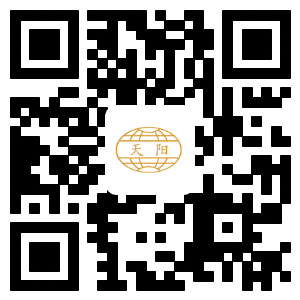The development prospects of the knitting industry in the next ten years
- Categories:Industry information
- Author:
- Origin:
- Time of issue:2021-07-27
- Views:0
The development prospects of the knitting industry in the next ten years
(Summary description)In the next ten years, China's textile and garment industry has a promising future
However, most clothing companies mainly export by OEM, domestic sales have not yet formed a "brand premium", and the industry has low barriers to entry, and price competition has become the main means. Therefore, the expansion of the main business of clothing companies is restricted; fabric companies are in the middle of the industrial chain , The rapid development of the clothing industry has a strong demand for fabrics. At present, nearly 50% of the fabrics in export clothing still need to be imported. The country also regards "domestic fabrics instead of imports" as one of the important industrial policies. The fabric industry mainly relies on equipment and technology competition, with high industry barriers and weak sales constraints. It is easy for companies to increase their performance by expanding production. Therefore, the prospects for fabric companies and fabric-clothing upstream and downstream supporting companies in the textile sector are promising.
- Categories:Industry information
- Author:
- Origin:
- Time of issue:2021-07-27
- Views:0
In the next ten years, China's textile and garment industry has a promising future
However, most clothing companies mainly export by OEM, domestic sales have not yet formed a "brand premium", and the industry has low barriers to entry, and price competition has become the main means. Therefore, the expansion of the main business of clothing companies is restricted; fabric companies are in the middle of the industrial chain , The rapid development of the clothing industry has a strong demand for fabrics. At present, nearly 50% of the fabrics in export clothing still need to be imported. The country also regards "domestic fabrics instead of imports" as one of the important industrial policies. The fabric industry mainly relies on equipment and technology competition, with high industry barriers and weak sales constraints. It is easy for companies to increase their performance by expanding production. Therefore, the prospects for fabric companies and fabric-clothing upstream and downstream supporting companies in the textile sector are promising.
Scan the QR code to read on your phone
MOBILE OFFICIAL WEBSITE
Welcome to our official mobile website

ONLINE MESSAGE
Changle City, Fujian Province Tianyang Weaving Co., Ltd.
闽ICP备05013008号-1 Powered by www.300.cn


 中文版
中文版  English
English Tel0591-28951603
Tel0591-28951603

 Ywb@txty.cn
Ywb@txty.cn  Whatsapp:18960898878
Whatsapp:18960898878